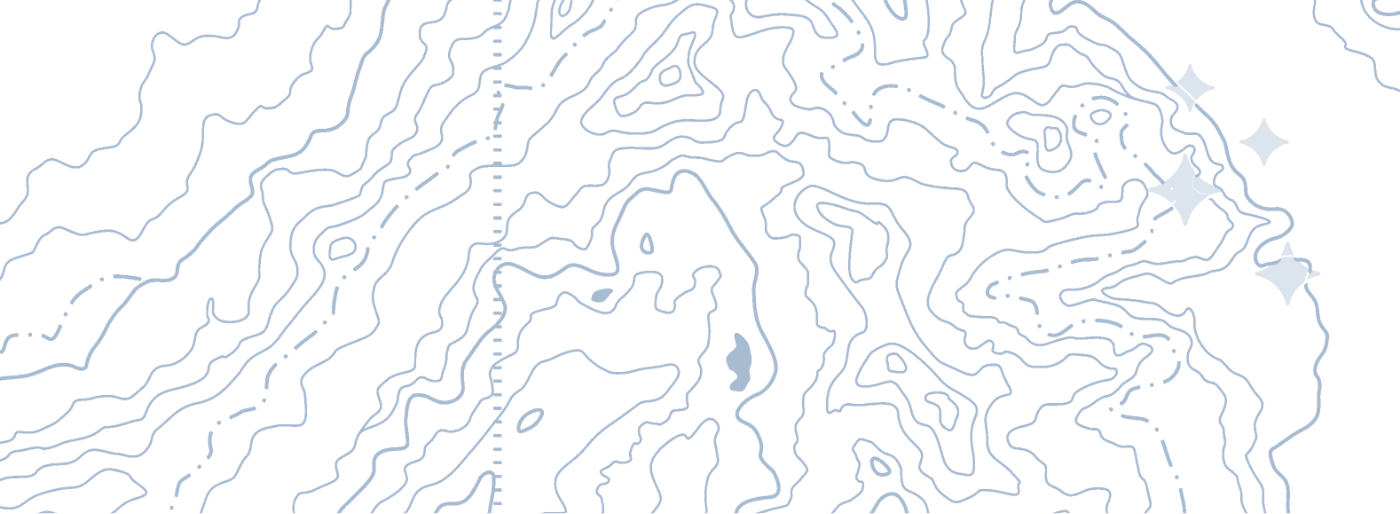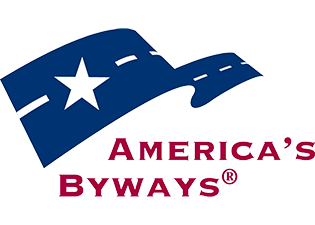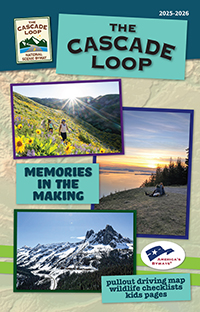There is nothing more stunning than a clear image of the Milky Way Galaxy arcing overhead. The Majesty of the Galaxy is on display and you can feel yourself on the outer rim of the immense ring of stars...
By far, the most difficult part of capturing images of the Milky Way is simply getting there, at the right time!
When To Go
To get a good shot you need to go when there is NO moon in the sky. The moon reflects so much sun back, from the sun, that it washes out the Milky Way. Find a Lunar Calendar, the New Moon is when there is no moon in the sky, and you can get decent shots plus or minus 2 days from the New Moon. So, each month there is a 5 day window for Milky Way shots. The hard part of this, especially in Western Washington, is matching the New Moon with No Clouds!
Astrophotography with a DSLR
As far as capturing images like this goes, the equipment list is rather meager. You need a decent DSLR (a full frame body is best, but not mandatory) a wide angle lens ( 10 to 20mm is best, 24mm is fine) a tripod and a cable release (or electronic shutter release) and that's really all you need, equipment wise.
Once you get out to your spot and get set up set the camera on manual exposure mode and open your aperture up all the way (use the lowest f/stop number) and then, using the chart here, set your shutter speed.
As for ISO, that is really the only variable. Depending upon your camera I would suggest starting at a relatively low ISO, say, 1,000 and then work your way up, checking the images as you go. Each camera will have its own ISO sweet spot, often its the mid point between the lowest and highest ISO setting on the camera.

One more important item is focus. You must set your lens on Manual Focus. Auto focus will not work at night and so, before you head out, take some time and figure out how to manually set the focus ring on your lens to infinity.
There are several way to do this, one is look up your lens on line, looking for the manual, or advice as to how to set that lens to infinity. Or another way is to sit with your camera (set the aperture open all the way when doing this) and take test shots of something at least 50 feet away and then review the image on your camera, using the zoom function and keep testing until you find that exact spot for your lens where its set for infinity, then make some mark or note or what ever so that when you're out in the field at night you know where to set it.
That's it! Then you can leisurely move about, composing shots and have fun (make sure to check your focus ring from time to time, moving your rig about can often change the focus setting!)
As you recompose try different ISO settings and Viola! Nice shots.
Locations
To get decent images you need to get away from the lights of civilization. If you shoot near a city the entire horizon is washed out, no stars, or very faint. Two of my favorite locations are on SR 20, the North Cascades Highway, (which is part of the Cascade Loop). The Diablo Lake Overlook, and the Washington Pass Overlook both have lots of good parking, rest rooms and are user friendly in the dark.
Night Sky Photo Classes at North Cascades Institute
Several times a year I lead Night Sky Photography Classes at the North Cascades Institute, located along the Cascade Loop. This year I will be teaching classes in March and July. We will start in the classroom, and then head up to one of the Overlooks for image capture. Visit their web sitefor more details.
You might want to come along on a Night Sky Photo Tours. We meet and drive out to some location away from the lights of civilization where we can set up and get clear images of the stars. Drive in Tours are available, as well as Hike in Photo Tours where we visit more remote spots such as Fire Lookouts for our Photo Shoot! You can find out more, and see details and dates here.
















